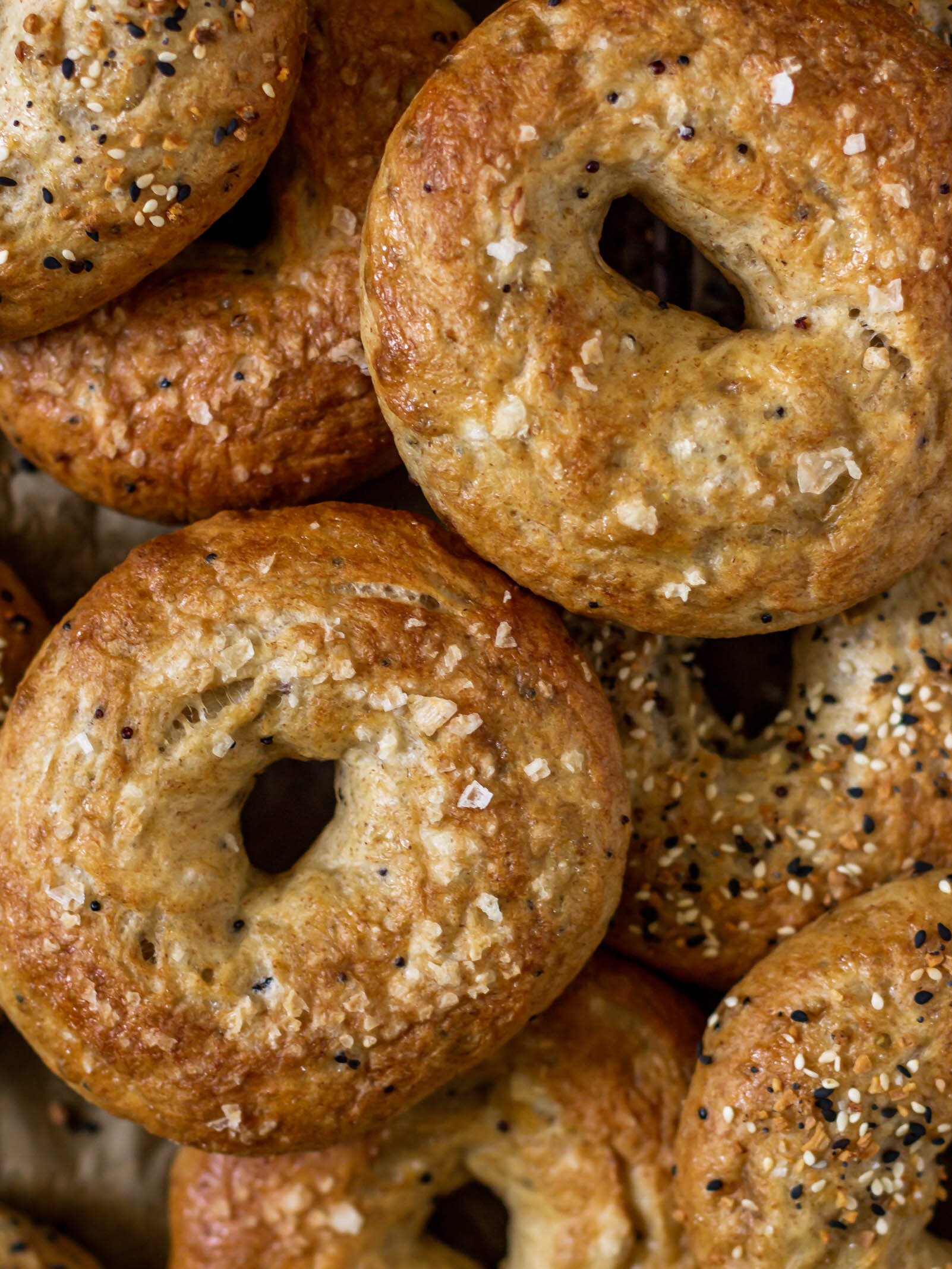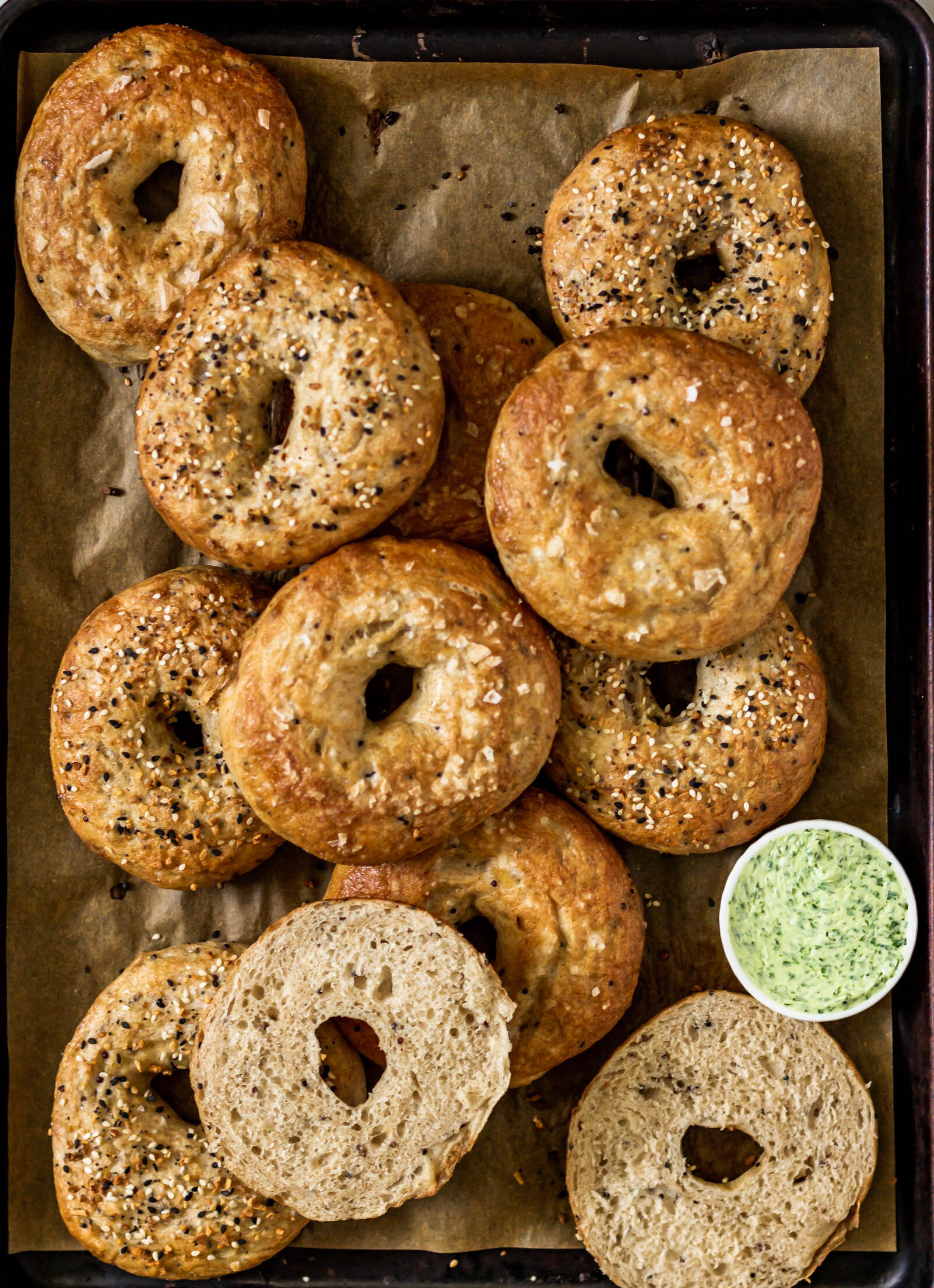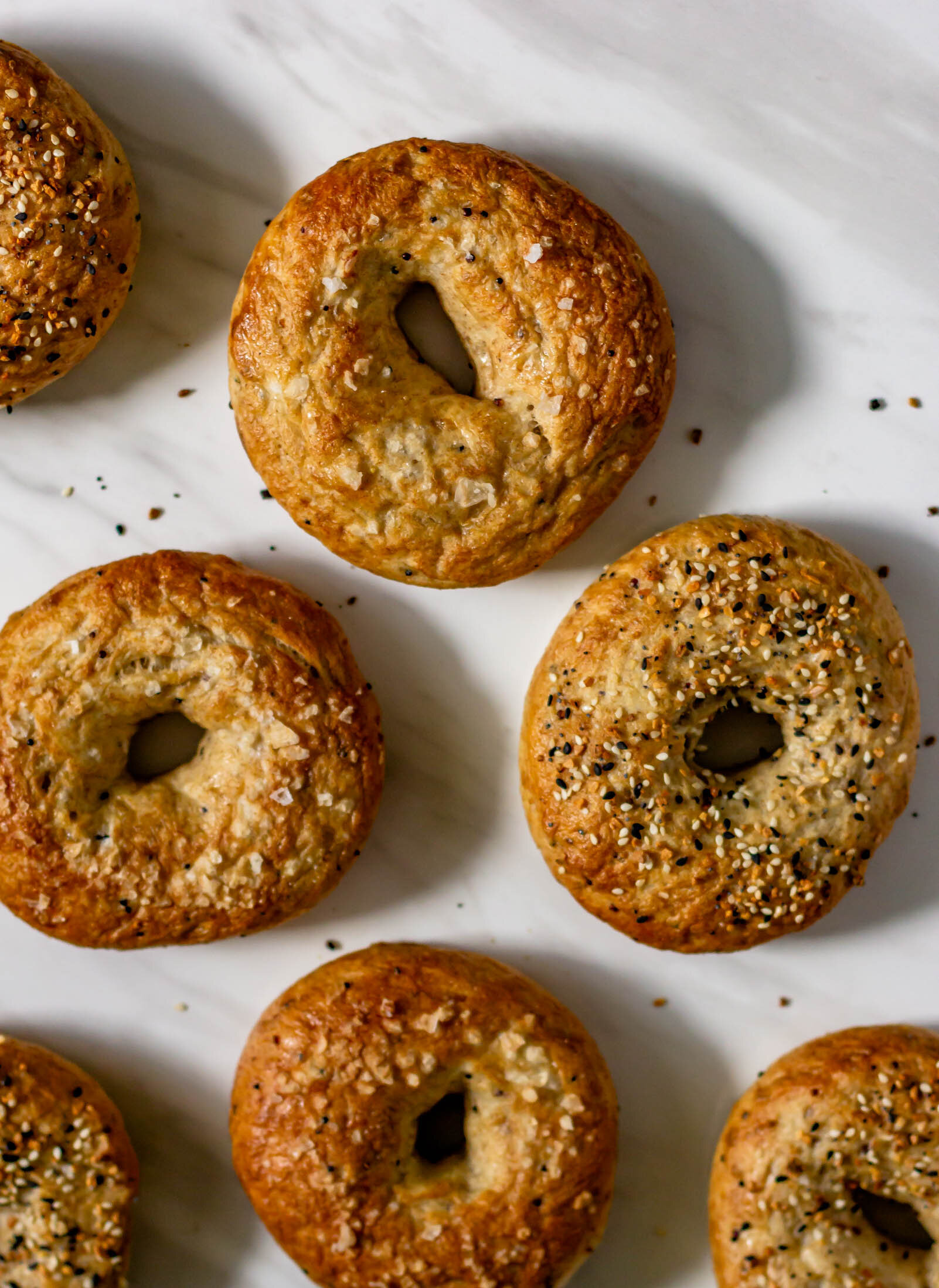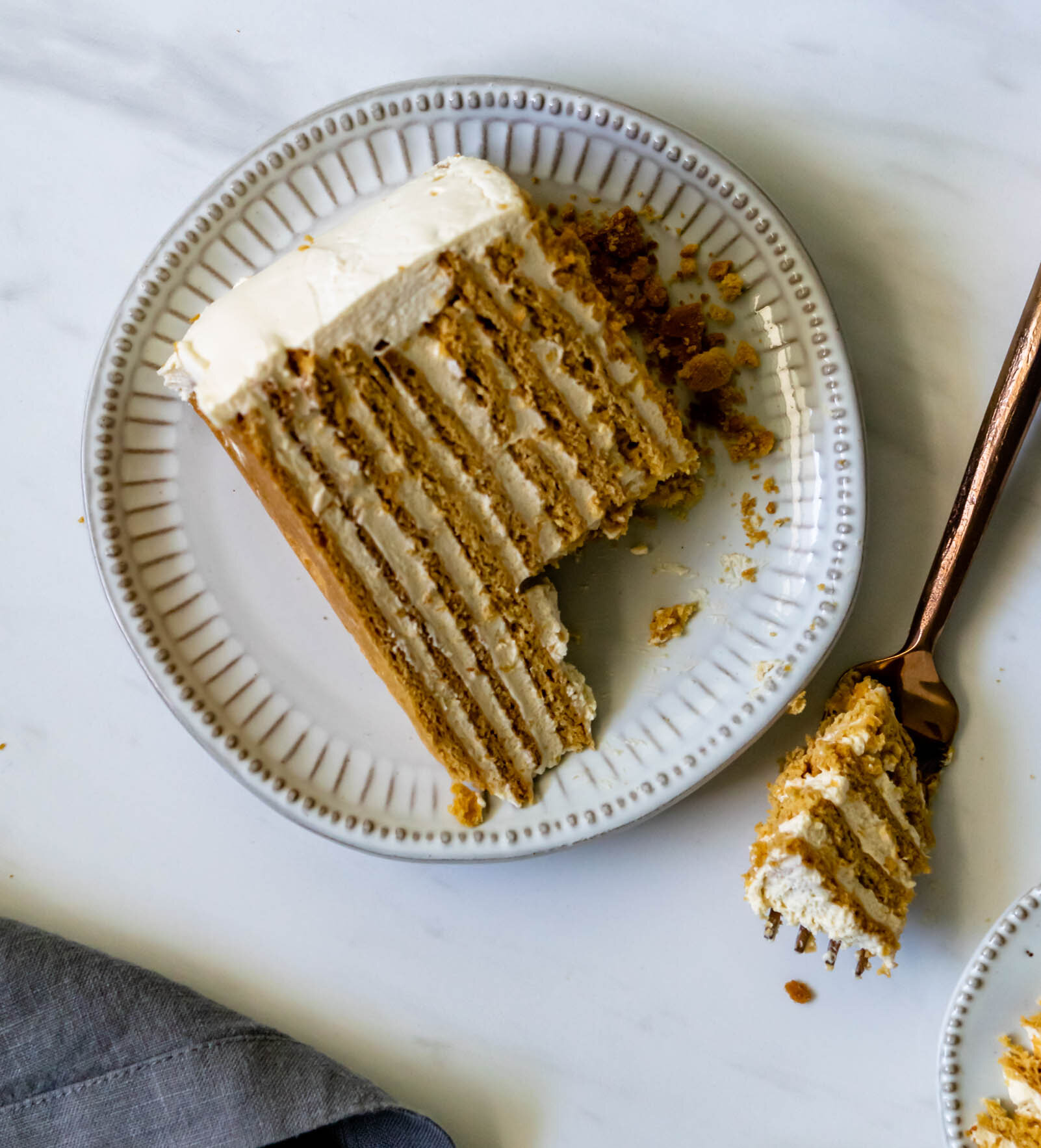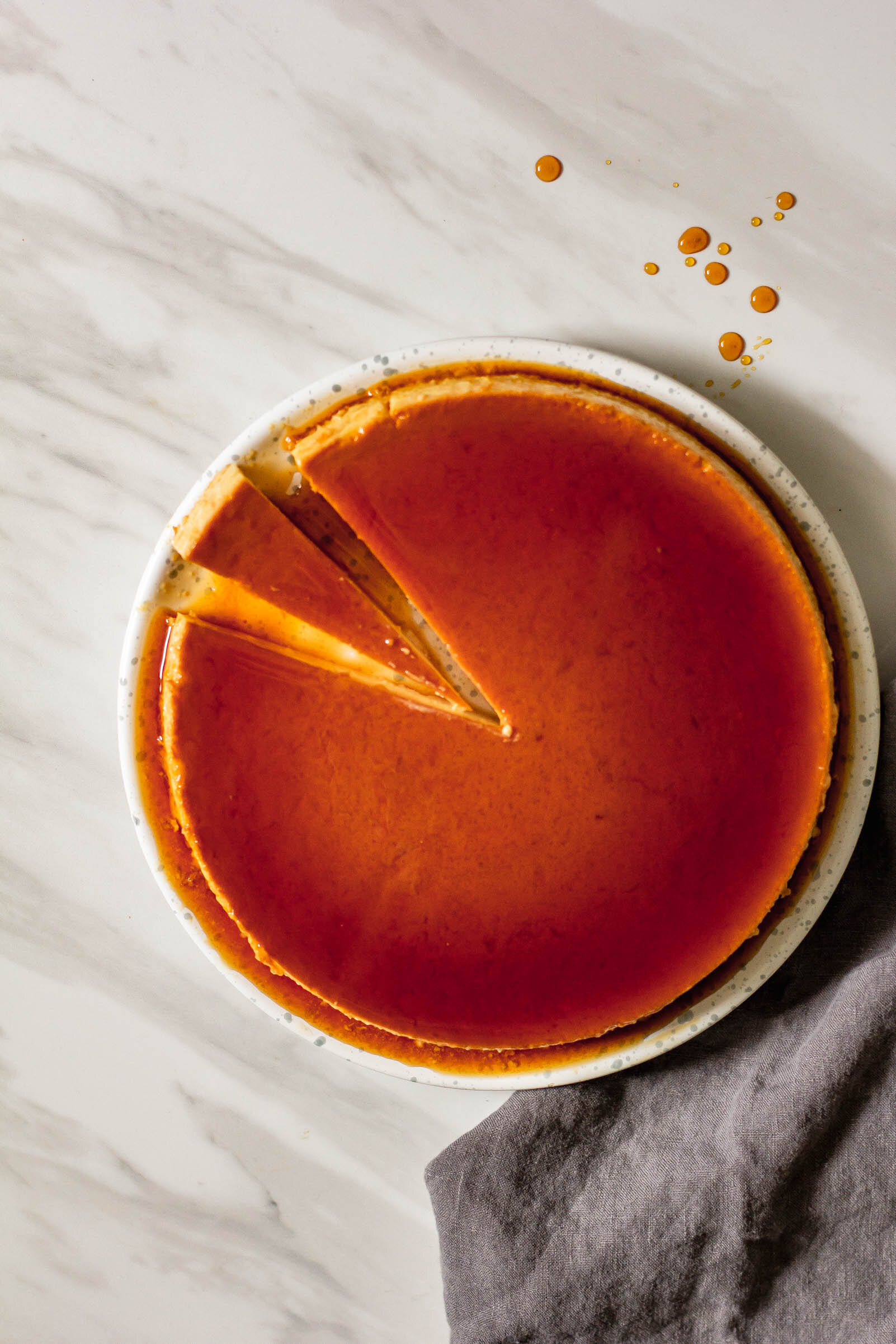Multigrain Quinoa Bagels with Wild Arugula Cream Cheese
/How’s everyone feeling in this weird time? Working from home has afforded me a small sense of normalcy, but I have felt my anxiety has heightened in the past few days with every news update or social media post about the virus. I don’t know if this is true for you, but staying calm is a bit difficult for me. I’m naturally predisposed towards stress and I often feel my body tense or my heart rate increase before my brain even has a chance to catch up and process the reason for my nervousness. For me, the temptation is to allow fear to take root, hinging on the words of every doctor, journalist, world leader, etc, until suddenly, I’m enveloped in this suffocating vine of anxiety, without a clue as to the primary fear in the first place. I’m learning to exercise control over my wild thoughts, practice deep breathing regularly, and I’m making efforts to spend time in prayer before I get out of bed each day. I’m also making a lot of bread.
One of the positives to this whole social distancing ordeal is the opportunity to explore new things. We’ve been gifted a little extra time with our spouses and loved ones, a few more minutes for long walks in the sunshine, an hour or two to reorganize the closet, or the chance to test out a new recipe. I’m slowly reminding myself that though we may not know what the next few days or weeks or months hold, my cup still overflows.
Making bagels at home is quite a feat. Home bagels are a hotly-debated issue and I’m not going to tell you that these are as perfect as those famed circles of dough, bathed in that magical Brooklyn water, that you find on the streets of New York. But they are a very good home bagel. There are a few different breads that I firmly believe need the tools available in a production bakery to be successful. For example, I have made baguettes at home multiple times only to be met with utter disappointment. Those long, crispy batons need a high-heat deck oven in order to develop that crispy outer layer. You’ll never convince me otherwise.
Bagels, though, you can make at home. These are made without the use of barley malt because honestly, I was too lazy to try and source it. They use a blend of all purpose and whole wheat flour and have cooked quinoa folded in for a little boost of protein. I had a bounty of wild arugula that I used in the cream cheese, but feel free to use spinach, kale, or even a handful of whatever herbs you have on hand. So this week, take a breath, be kind to yourself and those around you, and make some bagels. (And if for some reason you aren’t into bagels, check out this list of project baking ideas I put together earlier this week.)
Multigrain Quinoa Bagels with Arugula Cream Cheese
Yield: 13 medium sized bagels
Ingredients
for the preferment
2/3 cups (128 g) warm water
2 cups (225 g) bread flour
a pinch of active dry yeast
for the bagels
1 1/3 cup (304 g) warm water
3 cups (385 g) bread flour
1 cup (127 g) whole wheat flour
2 tsp active dry yeast
1 T kosher salt
2 T brown sugar
1 T honey
preferment, recipe above
1/2 cup (80 g) cooked quinoa
for boiling and baking:
1 T baking soda
1 T honey
1 egg white
for the herbed arugula cream cheese
8 oz cream cheese, softened
1 cup arugula, spinach, or kale, packed
1 sprig (6-8 leaves) basil
1/4 cup fresh parsley
1 small clove of garlic
salt and pepper to taste
Procedure
to make the preferment
In a medium bowl, stir together flour, water, and yeast until no flour streaks remain. Cover with plastic wrap and let rest at room temperature for about 2 hours, until preferment is bubbly and slightly risen.
to make the bagel dough
In the bowl of a stand mixer fitted with the dough hook, combine warm water, honey, and yeast. Stir gently and let rest for about 5 minutes until yeast is foamy.
While the yeast is hydrating, combine flours, salt, and brown sugar in a medium bowl.
Add preferment to water/yeast mixture and mix on low speed for about 30 seconds, until combined. Add dry ingredients and quinoa and knead on medium speed for another 1-2 minutes, until a dough begins to form.
Turn dough onto a lightly-floured work surface and knead by hand for another 3-4 minutes until dough is smooth and elastic. Transfer dough to a lightly oiled bowl, cover with plastic wrap and let proof in the refrigerator overnight.
to make the bagels
Remove dough from the refrigerator and let sit at room temperature for 1-1 1/2 hours. Turn dough onto a very lightly floured work surface and divide into 12-13 equal pieces, weighing about 100 grams each. Roll each piece into a small round. Cover the dough rounds with plastic wrap and let rest for 15-20 minutes.
After dough has rested, shape the bagels. Stick your thumb through the center of each bagel to create a hole in the center. Place your two index finger in the hole and stretch until the hole is about 2” in diameter. Cover the bagels again with plastic wrap or a clean towel and rest for another 15-20 minutes.
While the bagels are in their final rest, add baking soda and honey to a large pot of water and bring to a boil. Preheat the oven to 450°F and line two baking sheets with parchment paper.
Add bagels, two or three at a time to boiling water and boil for 1 minute, flip them, and then boil for 1 minute longer. Remove bagels with a slotted spoon, let drain onto a clean towel and transfer to parchment-lined baking sheets.
When all the bagels have been boiled, brush the tops of each bagel with beaten egg white and sprinkle with desired seasonings (poppy seeds, everything bagel seasoning, flaky salt, etc).
Bake bagels in preheated oven for 10 minutes, rotate pans, and bake for another 10 minutes. Let cool completely before slicing and eating.
to make the cream cheese
Combine arugula, basil, parsley, and garlic clove in the bowl of a food processor. Pulse until broken down into a rough paste.
Add cream cheese, salt, and pepper and continue to mix in the food processor until everything is evenly combined. Taste, and adjust seasoning as needed.
Store in an airtight container in the refrigerator.



